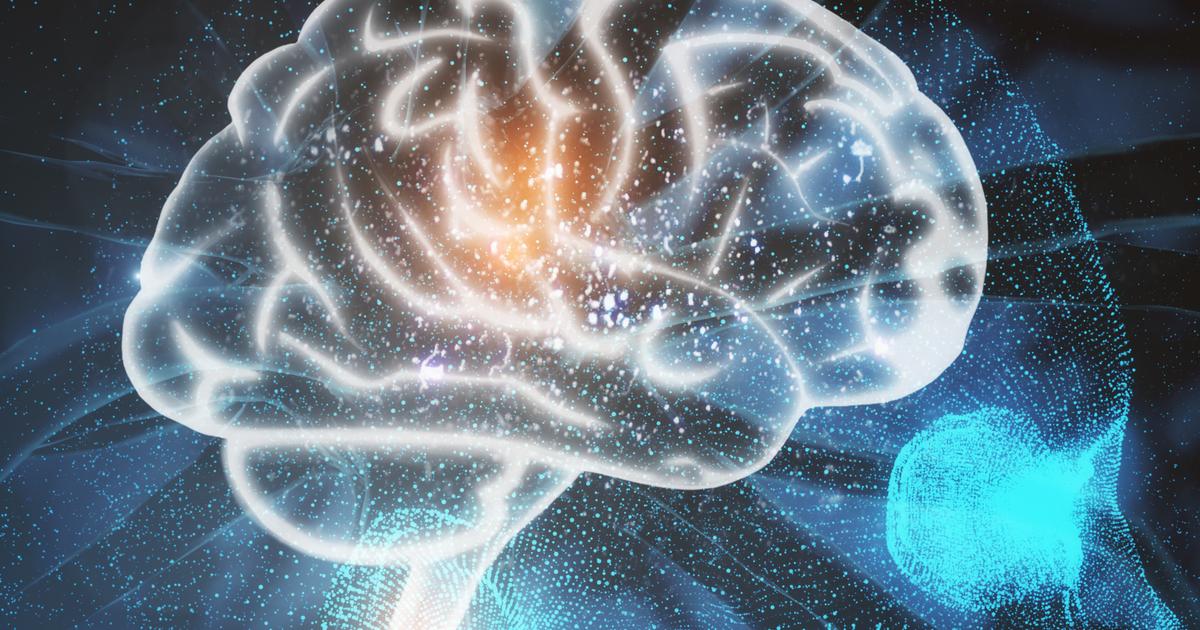What Is Tramadol?
How It Works

Like other opioids, tramadol attaches to receptors in the brain and changes the way the body perceives pain. Several theories have been proposed regarding the specific action of this medication, and research into these theories is ongoing. Currently, theories proposed by Driessen and Raffa center around tramadol's impact on several key receptors in the brain. For example, studies suggest tramadol allows serotonin and norepinephrine to be used by the brain for longer periods than hydrocodone and some other opioids, and doctors believe this mechanism makes tramadol especially effective in blocking pain signals located in the spinal cord. Additional research has shown tramadol acts on the mu-opioid receptors, and this decreases the transmission rate of the nerve signals that produce pain. Generally, tramadol does not act on the mu-opioid receptors to the same degree as other opioids, and this means it has a lower risk of dependence than other narcotic pain relievers. Scientists have concluded tramadol is approximately one-tenth as strong as morphine.
Learn about the major uses for tramadol next.